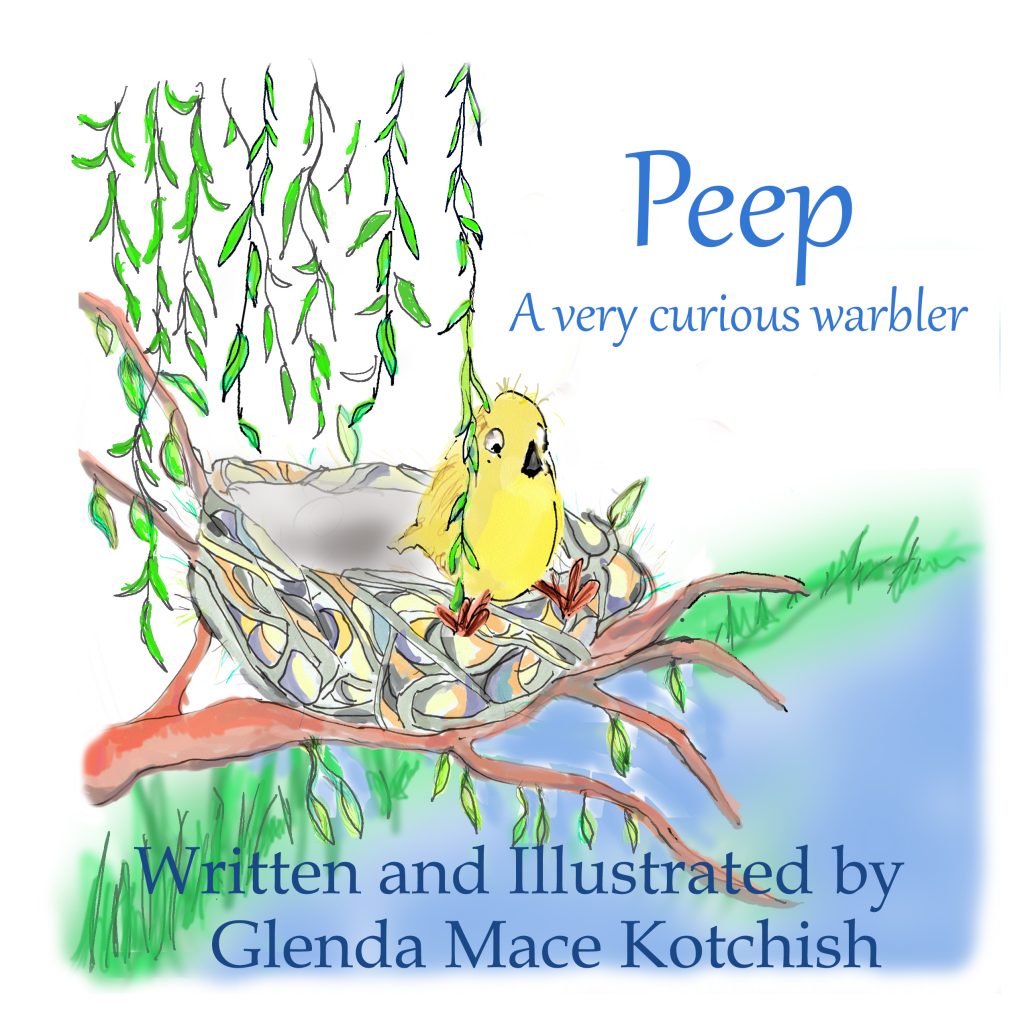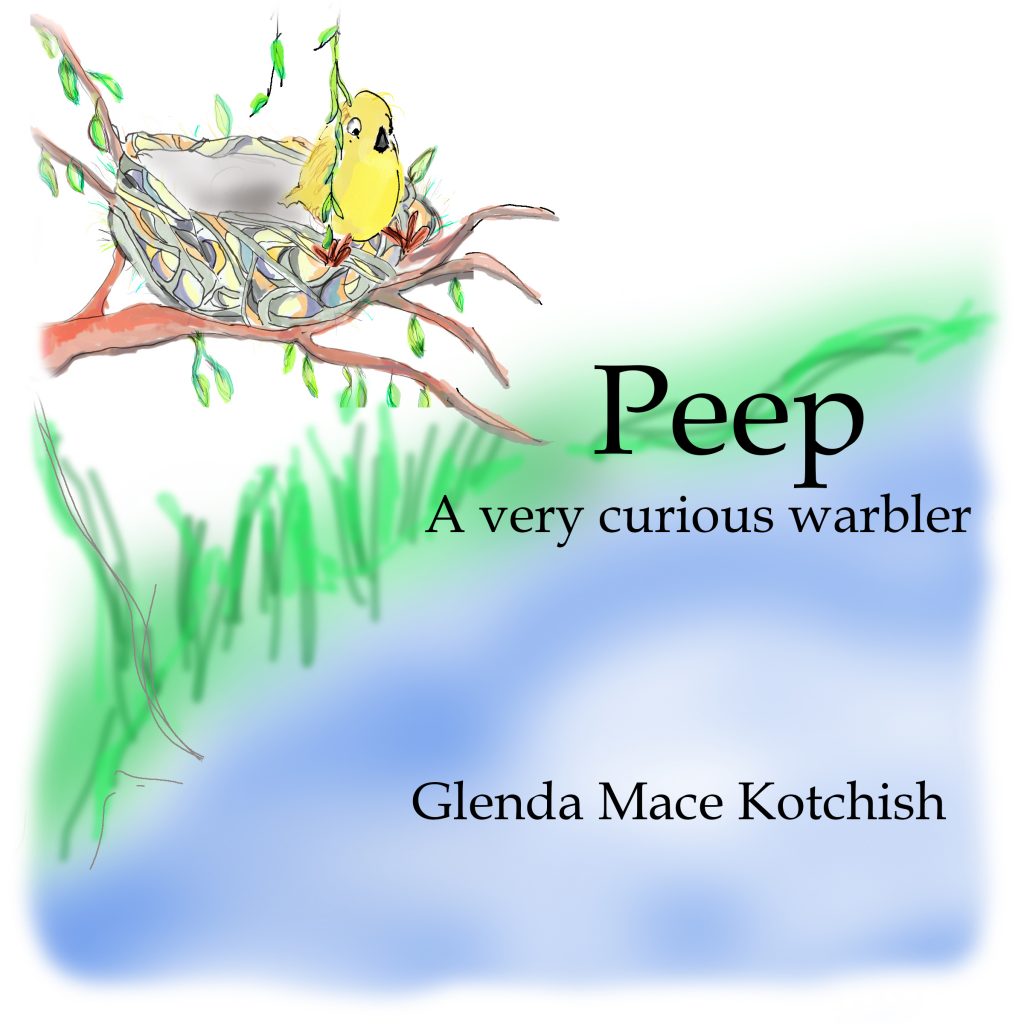
It was old, but not that old. What? Maybe 70 years? There were older buildings still standing, in use–200 years old. But Mary could feel it, the tremors, every now and then. The construction next door had taken its toll. The machines, the pounding, the noise, the digging, the water seeping into the foundation–constructive and destructive in the same instants. She wondered if the building would survive or would it be torn down and replaced? If so, she’d be out of a job.
With her bottle of disinfectant and rag in hand, she walked the hallways, spraying and wiping door knobs, light switches–anything anyone might have touched. Every two hours, she made the sweep, in case, just in case a miniscule germ had landed on a surface–so many surfaces.
It was her last sweep of the day. Everyone had gone home and she did her final cleaning. The next day, they’d start all over again. She made her way down the hallway to the breakroom. Every surface needed cleaning, the microwave, the refrigerator–inside and out, the tables, the chairs. It would take her an hour. She started with the tables. She cleaned the three in the seating area, distanced six feet apart. Then she cleaned the counter. Beside the coffee maker someone had left a newspaper–crumpled and bunched up. A newspaper is a relic these days. Most people use their phones to read the news. The newspaper moved. Another building tremor she thought. Then she heard a whimper, a small cry. She approached and gingerly touched the edges of the papers, pulled the top layer up. A baby, an infant–so tiny, a newborn, naked, male, pitiful.
She turned to her cart and grabbed three clean rags from a box on the bottom shelf. She picked up the baby and wrapped him in the cloth. “Poor little thing,” she thought.
It snuggled up against her and closed its eyes.
What to do? Call the police? They were occupied with the protests and riots. They’d stopped responding to calls months ago. Contact social service? She looked up the number, the city, social services and pressed in the numbers. A recording, of course, to be expected. She listened to a series of instructions. Which number to press? She ended up pressing each one, in turn with the same result–a loop back to the main menu. She kept calling until her phone blinked, “low battery”.
The baby cried. Maybe she could find some milk. There was no grocery store in this neighborhood and the Dollar Store that stocked food was boarded up. Maybe the drug store would have some milk, she thought and then remembered their sign taped on the door, closed “indefinitely”. The shelves were stripped bare by the looters.
She rearranged the box of clean rags into a bed and placed the baby in the box, then she rolled the cleaning cart into the utility closet. She put on her coat, gathered up her purse and keys. She lifted the box from the cart. The baby, exhausted now, had dropped off to sleep. She left the building, the door locking behind her and headed toward her car.
She made her way up the street toward the parking lot. The parking spaces on the street were crowded with construction workers’ cars and trucks-day and night. The construction never stopped. The few spaces the company rented for the employees, what few there were with a job these days, was five blocks away, a long trek in the cold weather. She came upon a new sign, “sidewalk closed”, erected during her shift sometime, she guessed. She crossed the street, easy at night with so few cars on the road. During the day, it was another matter. You could wait for a quarter of an hour to get a break in traffic and then would have to run across the street–a difficult thing to do for someone as old as she. Mary walked another block, shifted the box in her arms and then had to cross the street again–sidewalk closed.It was getting windy, a biting cold. Still the baby slept.
Across the street, she entered a make-shift fenced-walkway, a tunnel of sorts built to protect pedestrians from debris from the building site. Thankfully it was lit but the pavement was uneven. You had to be careful. She couldn’t see her feet as she walked. The box blocked her view and she stepped into a stream of mud and water, pouring from the construction site. Normally she would have avoided the puddles and holes. She lost her footing and slipped but somehow, as she fell, she held onto the box. Her head hit the wooden fence.
Something was broken. Her ankle? Her wrist started to swell. She slid the box out of the mud in which she lay. The baby whimpered beneath the rags. Blood ran from Mary’s head. She sat for a while, stunned and then looked around for her purse–her phone. She would call for help. She crawled over to where her purse landed, two feet away. With one hand she reached into her purse and found the phone. She tried to turn it on, dead battery.
Fear crept over her. Realizing that no one would see them where they lay, she shivered and then threw up. “Maybe a concussion,” she said out loud and touched her bleeding head.
The baby started to wail, a cry, a particular sound only a newborn can make. Mary dragged herself to the box. “Poor little fella,” she said. “I can’t help you. I can’t help myself.”
She lay her hand on the bundle of rags. “I can’t pick you up little guy. I might drop you in the mud. So I’m just going to rub you and warm you up.”
The baby cried harder. Mary covered his little head to keep it warm. What to do? She remembered reading about a mother and baby being trapped under rubble from an earthquake somewhere in South America. The mother pricked her finger and fed the baby her blood. They survived for days until rescued.
“It’s worth a try.” She placed her finger in the wound on her head. She put her finger in the baby’s mouth. It sucked greedily. Mary fed the baby until the wound held no more blood. But still the baby cried.
“If only we could get to some place where someone could see us,” she shivered. Mary looked at the entrance–maybe 50 feet. She had to try. She pushed the box ahead of her and crawled inch by inch. Push the box, then crawl. Stop for breath. Push the box, crawl, stop for breath. Push, crawl, breathe. Dizzy, rest, push, crawl, rest, rest.
So dizzy. The baby cried, weakly. “I’m coming, Joey,” she called. If only she could get up out of the bed. This isn’t real. It’s a nightmare. I always came when he cried for help. So dizzy, Joey. I’m trying.”
No, Joey’s grown up. Moved away. A cute baby, a sweet boy but then what happened? What did I do? Too much? Too little. Gone. Contributing? Protesting? What?
Dizzy.
City News
Elderly woman and infant found near construction site in Enterprise Zone in South-side. The woman, identified as Mary Brown, was declared dead on arrival at City Memorial Hospital. The baby is alive and in satisfactory condition. Social Services is in search of the mother of the child. Anyone having information, please contact the number listed below.
While driving home from work, Allen Front noticed a person and a box on 4th street around 2 a.m. Tuesday. He stopped and seeing the body and baby in the box, he called 911. After waiting 30 minutes, Allen took the baby to City Memorial Hospital. The hospital sent an ambulance to recover the body of the woman. “I didn’t know what to do. There lay a dead woman and a very weak baby, about to freeze to death. So I put the baby in my car and turned the heat on high and headed to the hospital. The poor little thing had dried blood around its mouth. I don’t know what that was about. I just hope it will be OK.”
© Glenda Kotchish
November 2020
I wrote this story during the 2020 Pandemic. At first I thought I’d have the woman decide against caring for the baby and put it somewhere for someone else to tend to, leave it to its fate. The woman had enough of tending to people who are ungrateful, the entitled generation. But she didn’t, she gave it her lifeblood.


